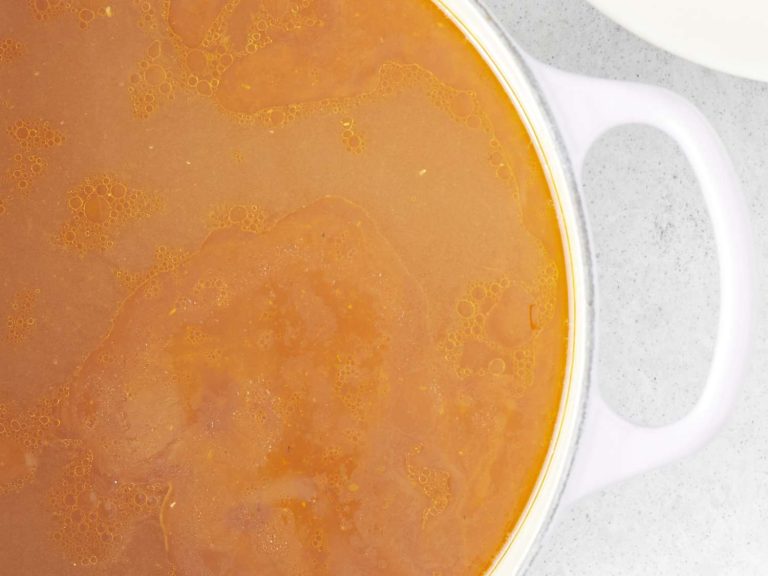Milk Toast: History, Variations, and Health Benefits
Milk toast dates back to the early 19th century when it became a common dish in American and European households. Originating as a simple, easy-to-digest food, it quickly gained popularity due to its comfort and ease of preparation. Early cookbooks like “The White House Cook Book” from 1887 included recipes for this dish, emphasizing its role in home cooking.
Nutritional Profile of Milk Toast
Milk toast, primarily consisting of bread and milk, offers a modest nutritional profile. A typical serving includes:
| Nutrient | Quantity per Serving |
|---|---|
| Calories | 150-200 kcal |
| Protein | 6-8 grams |
| Carbohydrates | 20-25 grams |
| Fat | 5-7 grams |
| Calcium | 150-200 mg |
| Fiber | 1-2 grams |
Whole milk adds a creamy texture and additional nutrients, while whole-grain bread increases fiber content. To enhance the dish, consider adding fruits or spices, making it both nutritious and flavorful.
How to Make Milk Toast
Ingredients Needed
You need several ingredients to make milk toast. Gather the following:
- 2 slices of bread
- 1 cup of milk
- 1 tablespoon of butter
- 1 tablespoon of sugar
- 1/2 teaspoon of cinnamon (optional)
- 1/2 teaspoon of vanilla extract (optional)
Ensure all ingredients are fresh and at room temperature to get the best results.
- Toast the Bread: Use a toaster or oven to toast the 2 slices of bread until they are golden brown and crispy.
- Heat the Milk: Pour 1 cup of milk into a small saucepan and heat over medium heat. Stir occasionally to prevent a skin from forming on the milk’s surface.
- Add Butter and Sweeteners: Once the milk is warm (but not boiling), add 1 tablespoon of butter, 1 tablespoon of sugar, and optional ingredients like 1/2 teaspoon of cinnamon and 1/2 teaspoon of vanilla extract if desired. Stir until the butter melts and the sugar dissolves completely.
- Soak the Toast: Place the toasted bread slices in a shallow bowl. Pour the warm milk mixture over the toast, ensuring it soaks evenly.
- Serve Immediately: Serve the milk toast immediately while it’s warm. You can garnish with extra cinnamon or fresh fruit to enhance flavor and presentation.
Popular Variations of Milk Toast
Sweet vs. Savory Options
You can enjoy milk toast in both sweet and savory variations. Sweet options often include sugar, honey, or maple syrup for added sweetness. For instance, cinnamon and sugar sprinkled on the toast deliver a comforting flavor. Alternatively, topping with fruit like berries or bananas adds a natural sweetness and nutritional boost.
Savory milk toast provides a different flavor profile. Adding a pinch of salt, pepper, or herbs like thyme changes the dish substantially. Cheese, such as cheddar or Parmesan, melts on the toast, creating a richer texture and taste. These options cater to a more diverse palate.
Regional Takes on Milk Toast
Different regions have unique twists on milk toast. In the United States, milk toast typically features white bread with warm milk and a dash of sugar or cinnamon. It’s simple and straightforward.
In France, a variation called “Pain Perdu” closely resembles milk toast but involves frying the bread and often uses cream. Here, it’s more indulgent, often served as a dessert.
Asian countries like Japan offer a sweet take as well. They use thick-cut bread, sometimes with condensed milk and a sugary spread, giving a richer, denser experience.
These regional variants show how milk toast adapts to local tastes while maintaining its comforting essence.
Health Benefits and Drawbacks
Is Milk Toast Good for Digestion?
Milk toast is often considered gentle on the digestive system. The combination of milk and bread offers a soft, easily digestible meal. Milk provides a source of calcium and protein, which support bone health and muscle function. Bread, especially if whole-grain, supplies fiber that aids digestion by promoting bowel regularity.
However, certain individuals may find milk difficult to digest due to lactose intolerance. Lactose, the sugar found in milk, can cause bloating, gas, and diarrhea in those with intolerance. Choosing lactose-free milk or plant-based alternatives can mitigate these issues.
Caloric and Nutritional Concerns
Milk toast, while comforting and easy to prepare, may not meet all nutritional needs. A standard serving includes approximately 150-200 calories, depending on the type of bread and milk used. Whole milk increases calorie count compared to skim milk.
Nutrient-wise, milk toast offers a moderate mix of essential components. You’ll get around 5-6 grams of protein from a cup of milk and a slice of bread combined. Carbohydrates, primarily from bread, provide energy. However, the dish lacks significant sources of vitamins, minerals, and fats unless enriched.
To enhance its nutritional value, consider whole-grain bread and fortified milk. Adding toppings like fruit or nuts can introduce vitamins, healthy fats, and additional protein.
Conclusion
Milk toast remains a beloved dish that evokes nostalgia and comfort. Its simplicity and versatility make it a timeless breakfast option. Whether you prefer it sweet or savory, there’s a version of milk toast that suits your taste. Remember to consider whole-grain bread and fortified milk for added nutritional benefits. If you’re lactose intolerant, don’t hesitate to explore lactose-free alternatives. Embrace the gentle flavors and soothing texture of milk toast as a delightful way to start your day.






